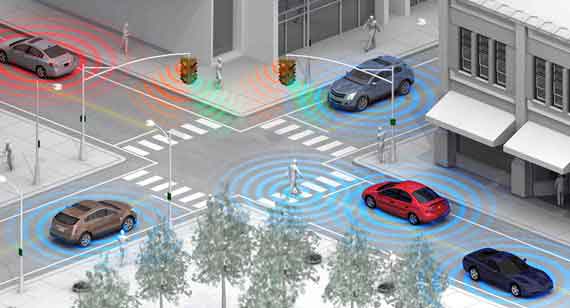Auto-mation: Can Market Adoption of Autonomous Cars Match the hype?

The automotive industry, including the disruptive tech giants, are investing tremendous amounts of funding and human capital into the development of autonomous vehicles and related technologies. Evidence of this is General Motors’ $500 million investment in Lyft and $1 billion into the upcoming acquisition of Cruise Automation Inc. It’s difficult to read about the automotive industry without encountering discussions around autonomous driving. The auto industry is hiring software developers at a pace once that was once limited to mechanical and industrial engineers.
Market Adoption … Eventually
So, why is the auto industry going down this path when a majority of the China consumers flat out do not want a driverless car or trust the concept yet? A recent J.D. Power survey found that just over half of Gen Z and Gen Y are interested—that’s surprisingly low, since these groups are more comfortable with public transportation and delay owning a car more than previous generations. And only about 41% of Gen Xers support self-driving technology, a rate that shrinks further for the baby boomers at 23%. It’s important to note here that the peak age for purchasing a new car is 43 years old.
The answer lies in the fact that the “R” in automotive R&D historically occurs 10 to 20 years before actually moving to production lines. This extended timeline frequently means the industry is working on things the consumer has not yet even taken into account. But as discussed in an earlier post, recent tech giant disruptions are shortening this product development cycle.
Rapid Manufacturing Accelerates Development
The fully autonomous driving technology is somewhere between the R and the D phases and the development arena is rapidly evolving. Traditional lead times for mule and prototype builds will simply not meet the demands of this industry under disruption. Rapid manufacturing is critical in successfully bringing game-changing technology to this market. The increase focus on human capital only increases the value of a product development supply chain with strong design for manufacturing capabilities.
Early Signs of Automation
The adoption has already begun with features that provide solutions and convenience to drivers, which will eventually progress to broader automation of the driving experience. For example, many cars today have collision and lane detection. Dash lights or seat vibration alerts the drive to road hazards. The technology driving these current features that consumers currently enjoy is the foundation for broader automation. Services like shuttles and taxis will likely use driverless technology well before the general market. It’s like a train without tracks and will be a building block for credibility, trust and ultimate adoption of this technology.
As for today? While I enjoy many of these autonomous precursor features in my truck, I am not quite ready to let go of the wheel just yet.